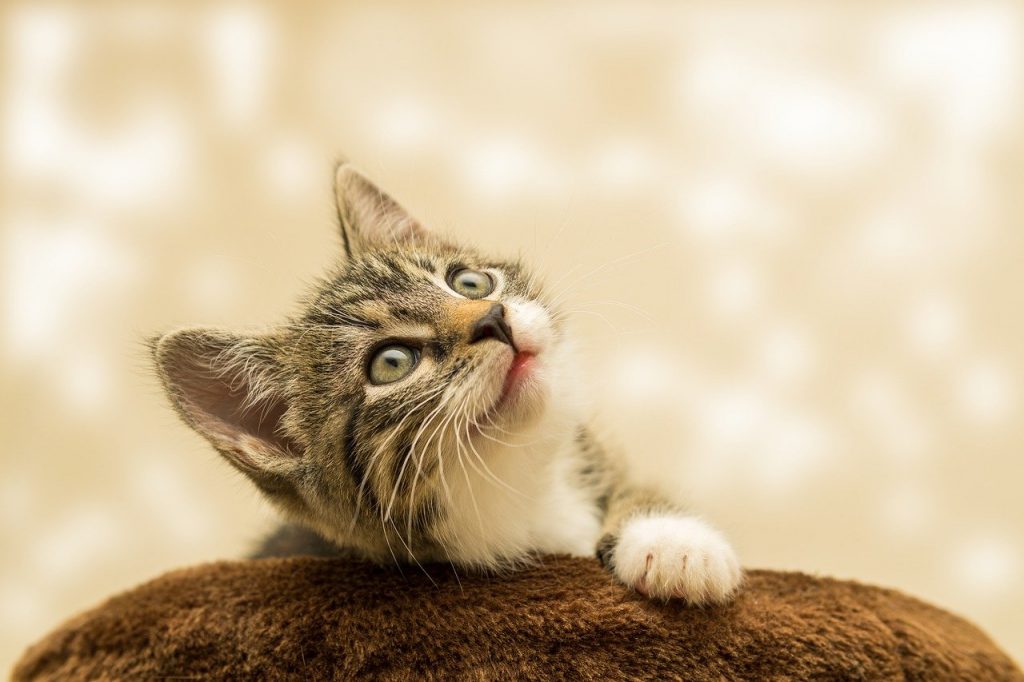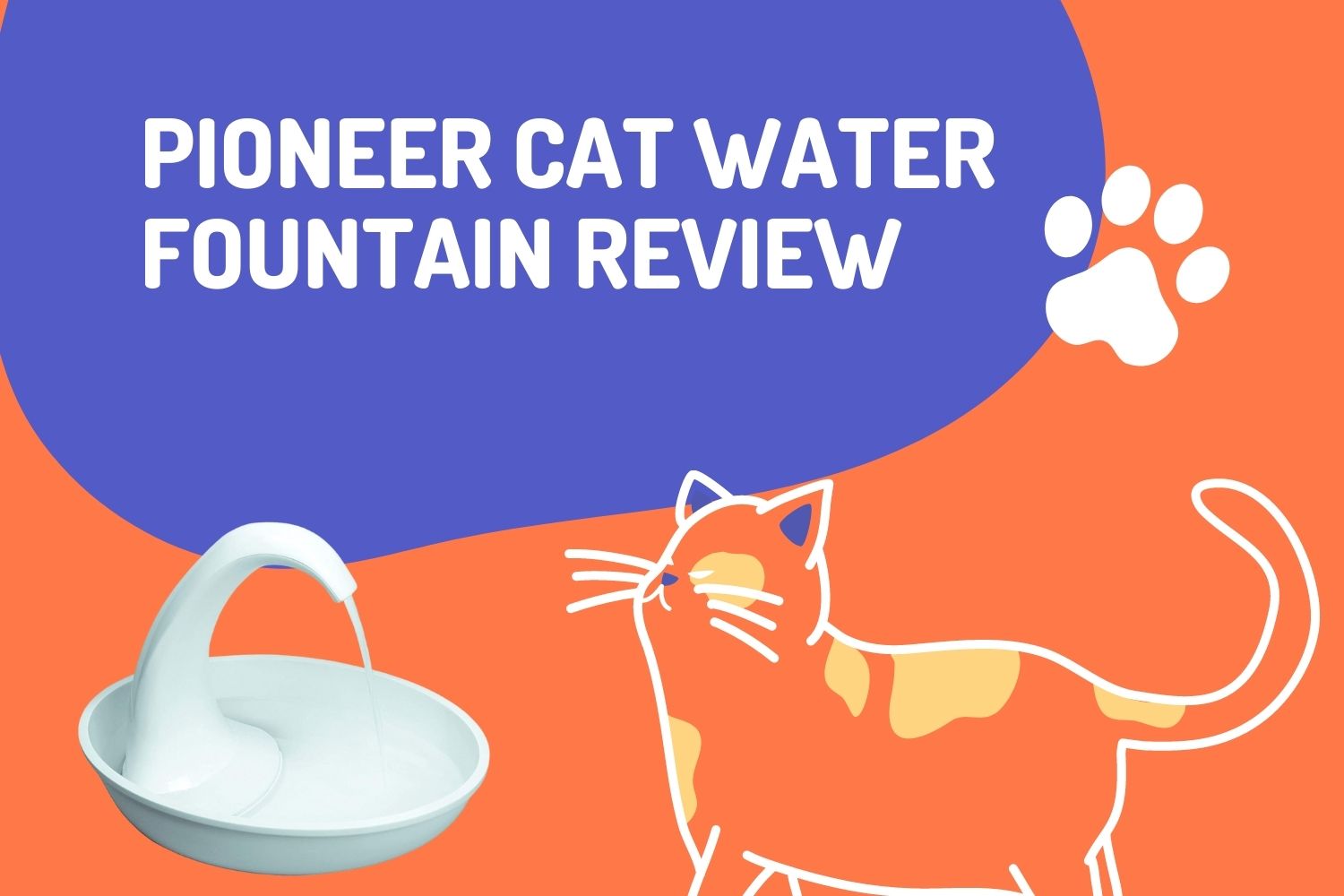
Are you tired of cleaning that slimy green buildup in your pet’s water fountain? Does the slime build up every other day in the fountain? If so, you could either go for commercial solutions available in the market for cleaning the fountain. Alternatively, you can use homemade solutions. You surely wouldn’t want your pet’s water to be contaminated and make them sick.
Moreover, the solutions available in the market might not be safe for the pet’s health. However, if you have a bottle of vinegar lying around in your kitchen, you have access to the perfect cleaning solution. With enough vinegar poured in the fountain, you can get rid of those scaly buildups for good.
So, without further ado, let us check out the right way to clean a pet water fountain with vinegar.
Before you start cleaning the fountain, here are some gears and accessories you need to have by your side:
- Cleaning Sponge
- Dry Cloth
- Scrubbing Pad/Cleaning Brushes
- Clean Water (Warm)
Cleaning Pet Water Fountain with Vinegar

The first thing you need to do is provide your cat some fresh water in a separate bowl. Next, the fountain needs to be kept away for at least a day before reusing. Then, with the help of a spray bottle, you must spray each & every corner of the fountain with vinegar. Ensure that you remove all the water present in the fountain before you start spraying.
Set aside the fountain after you are done spraying the vinegar. If possible, you can open certain parts to clean better. Let the vinegar spray sit for at least an hour before you start the cleaning process.
Note: A best cat water bowl fountain is a device that provides fresh, moving water for cats. A cat’s instinctual response to a running stream of water is to drink from it, and the sound of flowing water may entice your pet to use the fountain.
Scrubbing the Gunk
People often do not understand the importance of using brushes to clean the fountain. However, there are several brushes available in the market for cleaning water fountains. These brushes are designed especially for cleaning the complicated fountain design & the crannies that are hard to reach.
You can find these brushes in your local aquarium supply store. After you have allowed the vinegar to sit on the fountain for an hour or so, it is time to initiate the scrubbing process. First, determine the type of fountain you have. If the fountain is a metal one, you can go ahead and scrub as hard as required. However, with plastic fountains, you have to be a bit gentle. Otherwise, it could lead to dents or scratches in the fountain.
Gently start with the sponge and rub off the slime from the surfaces. Once you can see that there is no slime on the surface, switch to cleaning with the brushes. The brushes will help you clean the pipes and corners of the fountain with slime coverage. If there are spaces where the slime is hard to clean, you can use scrubbing pads to clean it off.
After you are done, make sure you use clean, warm water to rinse off all the remaining slime from the fountain. Lastly, dry off the fountain with the help of a clean & dry cloth. If possible, also use blow-drying to dry out the parts that are inaccessible with a cloth.
Ceramic Pet Water Fountains: How to clean with vinegar?
If your pet water fountain is made up of ceramics, abrasive cleaners and powders can harm the material. In addition, using commercial cleaners can leave some unsightly scratches allowing an easy buildup of mineral deposits.
With the ceramic fountain, using a distilled variant of white vinegar can be the best choice. First, apply vinegar to the hard mineral and slimy deposits in the fountain. Then, allow the vinegar to soak in and break the deposit on the pet water fountain.
Next, apply the vinegar again, along with some baking soda sprinkled all over. Doing this will create the classic fizzing and bubbling reaction. If this happens, it means things are working for you. Lastly, scrub the deposits that remain. Make sure you use a plastic mesh to ensure no scratches are left once you are done scrubbing.
Dealing with Hard Water Deposit
The deposits left off with the use of hard water are stubborn. They generally cling to any tiny scratch in the pet water fountain. These scratches tend to develop with time due to hard cleaning or the use of acid-based cleaners. You can clean any hard water deposit by creating a unique vinegar-based solution.
Take up some lemon peels and place them within a jar. Now cover it with some vinegar solution. Let this solution sit for 2 weeks before you transfer it to a bottle with a spray top. Now, spray the mixture generously over the fountain. Next, use a mesh scrubber made of plastic to tackle the stains left by hard water or any slime.
How to clean small parts of the pet water fountain?
Small parts of the pet water fountain like intake tubes, water spouts, or impellers can be cleaned easily. You can do this by soaking the parts in distilled water mixed with vinegar. Ensure that you leave the vinegar on the surface for a minimum of 30 minutes.
Using the instruction manual, you can separate the parts for thorough cleaning. Next, lightly scrub the fountain to loosen the mineral or slime deposits. Here, the aquarium brush will help you. Lastly, rinse the parts well with the help of warm water. Keep cleaning until the vinegar smell goes away.
Pros and Cons of Using Vinegar
Pros
- Vinegar functions as a natural and safe disinfectant
- An environment-friendly cleaning solution of non-toxic make
- Cheaper than the store-bought cleaners
- Safe for pets and kids
- It doesn’t ruin your clothing in case of spilling
- Easily available
Cons
- Vinegar has an overwhelming smell; if not cleaned properly can deter pets
- Natural cleaners might not be as effective
- It might be less potent in cleaning greasy remnants
Alternative Methods to Use for Cleaning Pet Water Fountain
1-Lemon Juice:
Lemon juice acts in a way similar to that of vinegar. You can use a cotton swab to dab the juice all over the fountain. If you have sensitive skin, try to use a glove when cleaning the pet water fountain with lemon juice.
2-Baking Soda:
If your pet-water fountain has a simple slime buildup, you can opt for the baking soda cleaning technique. Baking soda isn’t abrasive and helps clean your pet water fountain with ease. However, baking soda isn’t meant for cleaning the hard water deposits.
3-Hot Water:
For fountains made of metal or ceramic, boiling water is enough to clean the same. After you have poured hot water, wait for it to work on the stains. Let it sit for 15-20 minutes, and then drain out the water. Now clean with fresh water using a good sponge and scrub.
Is Bleach Good for Cleaning Pet Water Fountain?
It is advised that one must not use bleach or chlorine for cleaning the pet water fountain. Both chlorine and bleach can damage the fountain or pump surfaces. Plus, if you fail to clean the bleach/chlorine properly, the smell can deter your pet from drinking water.
Even if your pet drinks from the fountain, the remnants of bleach or chlorine might affect their health. It could cause digestive issues, induce vomiting, diarrhea, and so on. Therefore, it is better to stick to natural cleaning options.
Should I Use Distilled Water for Pet Fountain?
Yes, you can use distilled water for a pet fountain. However, it would help if you remembered that distilled water doesn’t contain any minerals that are helpful for your pet’s health. These minerals that are helpful for your pet are exactly the elements that cause buildup in the fountain.
Minerals & pollutants present in municipal or tap water include:
- Sodium
- Potassium
- Chlorine
- Lead
- Calcium
- Manganese
- Lithium
However, distilled water will be pricier and would contain no healthy minerals. So, it is better to prefer filtered water as opposed to distilled water. RO filtered will contain the necessary minerals minus the chemicals and pollutants. It will also help avoid any mineral buildup in the short run. However, nothing could be guaranteed in the long run as it would eventually build up.
Change the water every day, and you can reduce the buildup massively.
In case you learn how to prevent slime in pet water fountain then less cleaning will be required in the future; It is not always cleaning which is responsible for cats’ dehydration sometimes cats do not drink water even from clean fountains. Here are ways to encourage your cat to drink more water so they can stay in good health.
Conclusion
No doubt, vinegar is the safest solution for cleaning the pet water fountain. Vinegar exhibits antiviral, antibacterial, & antiseptic properties. So, it is in no way harmful for your pet.
Remember, it isn’t uncommon for slime or mineral deposits to form within the fountain. However, regular cleaning sessions can ensure that your pet drinks only healthy water and doesn’t get sick due to contaminated liquid.
Try to avoid the use of harsh chemicals that tend to deteriorate the fountain material and even affect your pet’s health. Remember, cleaning every part is important.
Even the sections that are hard to reach. Otherwise, any unclean space can fasten the slime buildup process.






